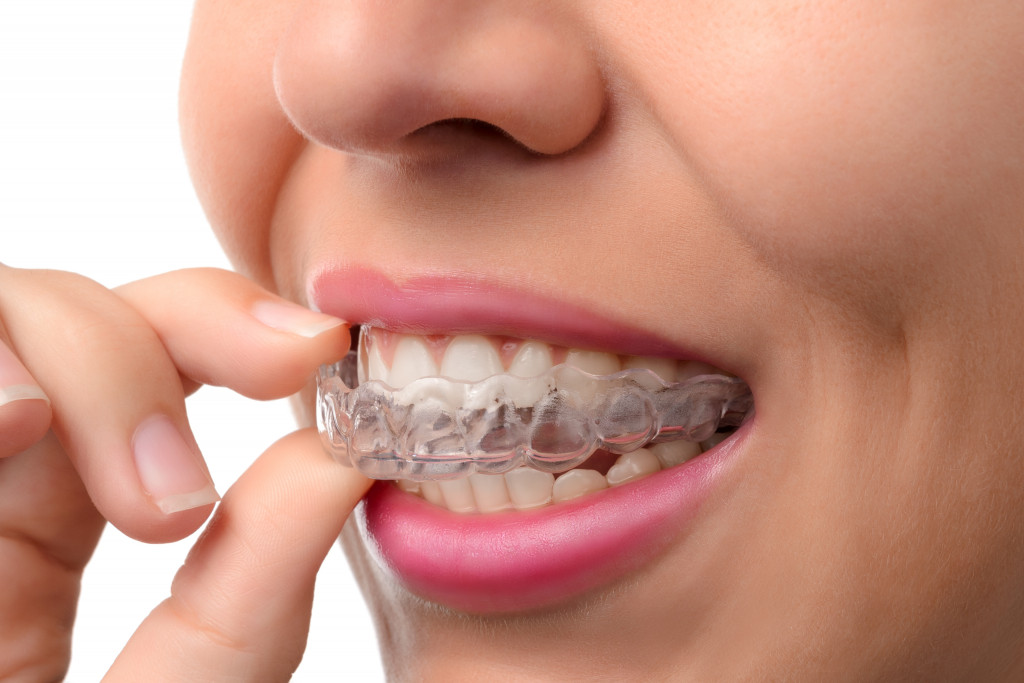Do you have teeth that are crooked, overlapping, or crowding each other? If so, you’re not alone. According to the American Dental Association, around 1 in 5 Americans have some form of malocclusion, which is the medical term for “bad bite.” In most cases, crowded teeth are simply a cosmetic issue—but in some cases, they can lead to more severe problems. In this blog post, we’ll explore the causes, symptoms, and treatments for crowded teeth.
What are Crowded Teeth?
Crowded teeth are a dental condition where there is not enough space in the mouth for all of the teeth. The teeth may be pushed together or overlapped. This can lead to difficulty brushing and flossing the teeth properly, which can cause tooth decay and gum disease. Crowding can also make it difficult to eat or speak.
Causes of Crowded Teeth
There are several different reasons why someone might have crowded teeth. Here are some of the most common causes:
- Genetics: One of the most common reasons for crowding is simply genetics. If your parents or grandparents had crowding issues, likely, you will too.
- Extra Teeth: In some cases, people have extra teeth that crowd existing teeth and cause them to become crooked or overlapping. This is often referred to as severe crowding.
- Tiny Jaw: If your upper and lower jaw are smaller than average, you may be more likely to experience crowding. This is because there’s less space available for your teeth.
- Misaligned Jaw: If your upper and lower jaw don’t line up correctly (a condition known as malocclusion), it can cause your teeth to become crooked or crowded.
- Thumb Sucking: Children who suck their thumb are more likely to develop crowding later in life. This is because thumb-sucking puts pressure on the front teeth and causes them to become crooked.
Symptoms of Crowded Teeth
While crowded teeth are a cosmetic issue, they can sometimes lead to more severe problems. Here are some of the most common symptoms associated with crowded teeth:
- Difficulty Chewing and Swallowing: If your teeth are severely overcrowded, it can be difficult to chew and swallow properly. This can lead to indigestion and malnutrition.
- Gum Disease: Crooked or overcrowded teeth can trap food and bacteria along the gum line, leading to gum disease. Gum disease is a severe condition that can damage your gums, and bones, and even lead to tooth loss.
- Tooth Decay: When food gets trapped between your teeth, it provides fuel for bacteria that leads to plaque buildup and tooth decay. Tooth decay is a serious condition that can cause pain, infection, and even tooth loss if left untreated.
- Bad Breath: Bacteria trapped between your teeth can cause bad breath (or halitosis). If you have bad breath that doesn’t go away with brushing or mouthwash, it could be a sign of an underlying dental problem like gum disease or tooth decay.
Treatments for Crowded Teeth

The best way to treat crowded teeth depends on the severity of the problem and the underlying cause. Here are some of the most common treatments for crowded teeth:
- Invisalign®: Invisalign is a modern treatment option that uses clear plastic aligners instead of metal brackets and wires. Like traditional braces, Invisalign aligners gradually shift your teeth over time; however, they’re much less noticeable since they’re clear plastic. Invisalign aligners also need to be worn for 12-24 months. Still, they may need to be worn for more extended periods in some cases. If you want to know if you are a perfect candidate for this treatment, go to a dental clinic that offers Invisalign to get a professional consultation.
- Braces: Braces are the most common treatment for crowded teeth. By aligning your teeth over time, braces can gradually reduce crowding and improve the overall appearance of your smile. Braces usually need to be worn for 12-24 months but, in some cases, may need to be worn for more extended periods of time.
Crowded Teeth Prevention
The best way to deal with any dental problem is to prevent it from happening in the first place. While you cannot do anything about genetics or early tooth loss, there are steps you can take to avoid crowding caused by thumb sucking. If your child still sucks their thumb, it’s important to break them off this habit before their permanent teeth come in. Once their adult teeth start coming in, it will be much harder—and often more expensive—to correct any damage caused by thumb sucking.
The bottom line
If you have crooked or overcrowded teeth, you’re not alone—about 1 in 5 Americans suffer from malocclusion (crooked teeth). While mostly a cosmetic issue, overcrowding can sometimes lead to more serious problems like difficulty chewing/swallowing, gum disease, tooth decay, and bad breath. The best way to treat overcrowded depends on its severity, but common treatments include braces and Invisalign®.

